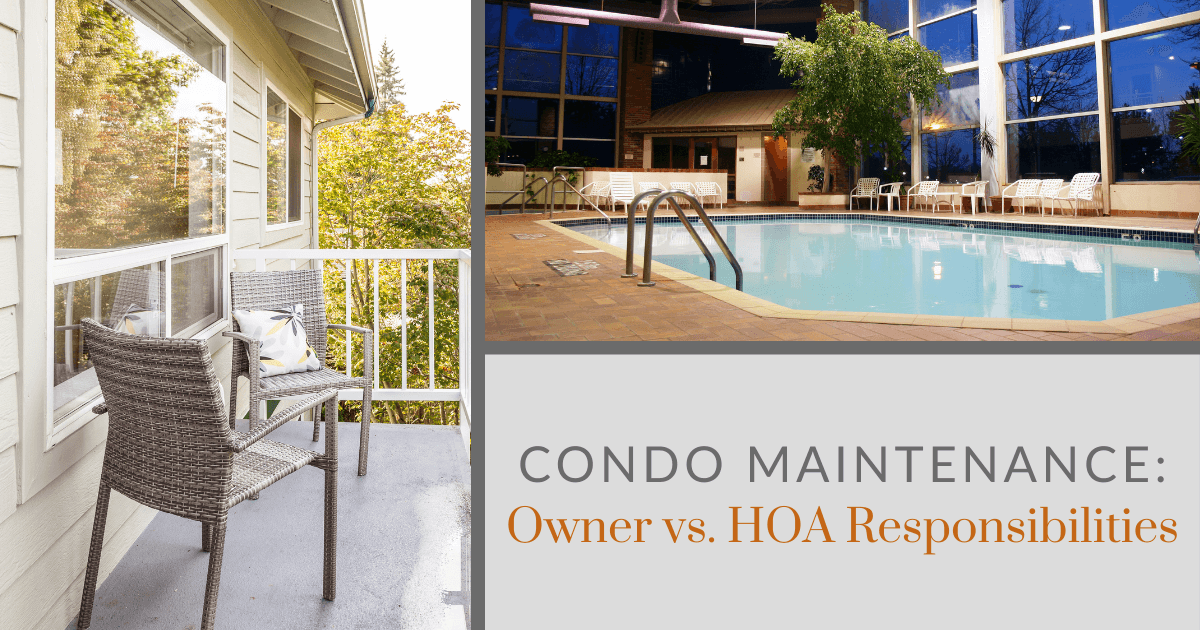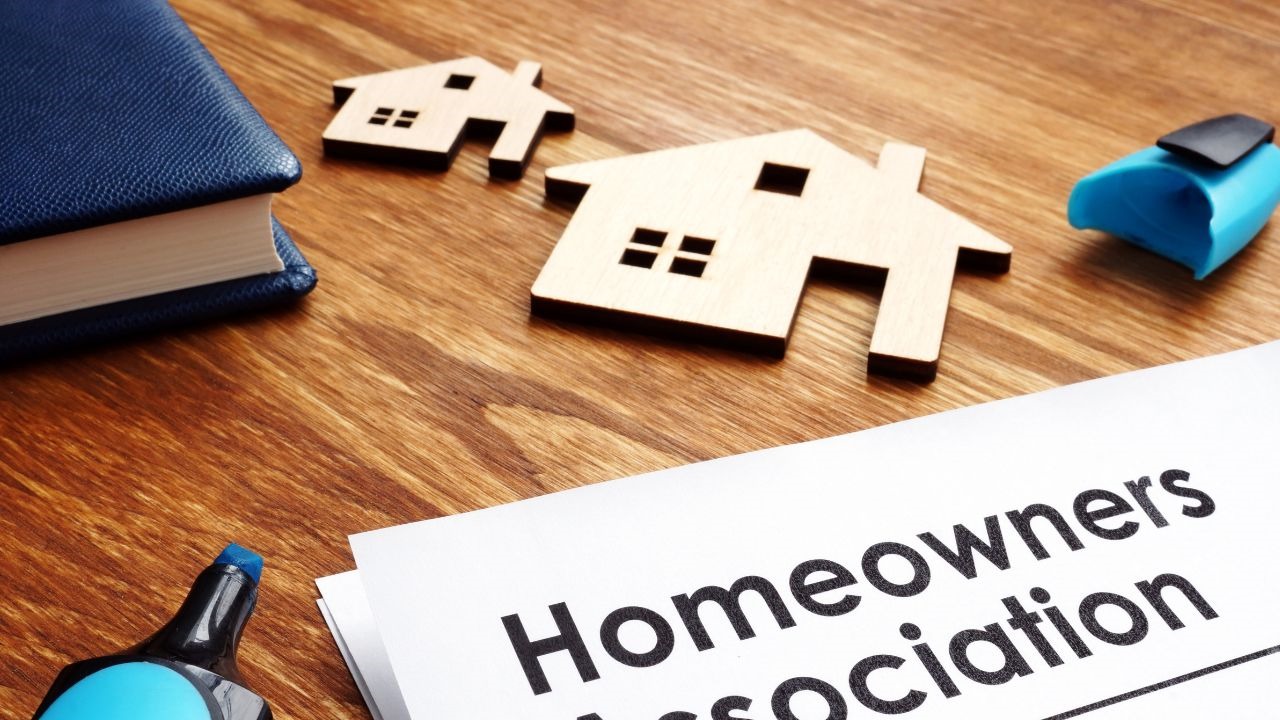The Duty of an HOA in Establishing and Enforcing Area Guidelines for Locals
The role of a Homeowners Association (HOA) in implementing and developing community standards is basic to preserving a natural and organized household environment - hoa condo. By developing clear regulations that govern elements such as property upkeep and neighborhood conduct, the HOA not just establishes standards for locals however additionally fosters a sense of belonging and responsibility. Nonetheless, the implementation of these guidelines can provide numerous obstacles, questioning regarding community, fairness, and interaction engagement. As we discover these intricacies, it comes to be obvious that the effect of an HOA prolongs far beyond plain regulation enforcement.
Comprehending Property Owners Associations
Homeowners organizations (HOAs) work as controling bodies for property communities, playing an important role in preserving home worths and promoting a feeling of neighborhood. Generally created by developers, HOAs are made up of property owners within a marked area that elect a board to manage the association's tasks. The primary features of an HOA consist of imposing area guidelines, taking care of common locations, and arranging community occasions.
HOAs operate under a set of controling documents, consisting of commitments, limitations, and problems (CC&R s), which lay out the legal rights and obligations of house owners. These guidelines aim to guarantee that residential properties are kept to a certain requirement, therefore protecting the aesthetic charm and general worth of the area. In addition, HOAs frequently gather fees from house owners to money upkeep, landscape design, and various other area solutions.
The presence of an HOA can significantly influence the living experience within a neighborhood (hoa condo). While some locals appreciate the structured environment and facilities offered, others may find certain policies restrictive. Balancing the interests of all homeowners is essential for an HOA to function effectively, ensuring that it serves its desired objective of boosting neighborhood living while appreciating individual homeowner rights
Creating Area Standards

To begin, an HOA should conduct surveys or convene that allow homeowners to articulate their suggestions and concerns. This participatory process cultivates a feeling of possession and boosts compliance. Next, the HOA board must assess the responses to recognize typical styles and priorities that warrant official incorporation in the guidelines.
It is also important to ensure that the standards are clear, succinct, and easily understood. Obscurities can cause problems and misconceptions, weakening the purpose of the standards. Additionally, the guidelines need to be detailed, covering various facets of neighborhood living, including property upkeep, noise degrees, and use of common locations.
Enforcement of Regulations
Efficient enforcement of area guidelines is crucial for preserving order and ensuring that all citizens follow the developed standards. An HOA should apply a structured technique to enforce these guidelines, which often includes a mix of useful source monitoring, communication, and charges for non-compliance.
First, normal evaluations and neighborhood patrols can aid identify infractions, making certain that guidelines are constantly used across the community. This positive surveillance allows the HOA to deal with problems prior to they rise, fostering a sense of responsibility amongst homeowners.
Second, clear communication is vital. Homeowners should be informed of the guidelines and the procedures for reporting infractions. An open line of interaction urges homeowners to voice concerns and seek clarification on guidelines, which can enhance compliance.

Lastly, when violations occur, the HOA has to apply effects as laid out in the regulating papers. This may include warning letters, penalties, or, in serious situations, legal activity. It is vital that fines are applied fairly and consistently to keep trust fund within the neighborhood. By efficiently enforcing rules, an HOA can grow a harmonious living environment that mirrors the collective values of its homeowners.
Advantages of HOA Regulations
Countless benefits arise from the implementation of HOA laws, which serve to boost the lifestyle within a community. One main benefit is the maintenance of property worths. By enforcing requirements for looks and upkeep, HOAs make sure that homes and common areas continue to be appealing, promoting a preferable living atmosphere that can bring about boosted home worths over time.
Furthermore, HOA laws promote consistency and uniformity within the neighborhood. This comprehensibility in design and maintenance assists to develop a sense of belonging among citizens, adding to community pride and a positive environment. Established guidelines help with dispute resolution amongst next-door neighbors by giving clear assumptions and methods for behavior, thereby reducing conflicts.
One more considerable benefit is the arrangement of shared facilities and services. Numerous HOAs handle community facilities such as pools, parks, and clubhouses, which boost leisure chances for locals. These facilities not only improve the lifestyle however likewise encourage social interaction.
Inevitably, the guidelines established forth by an HOA cultivate a well-organized, unified neighborhood, making sure that locals delight in a high standard of living while cultivating a helpful environment for all homeowners.
Usual Difficulties Faced by HOAs
Among the advantages that property owners associations (HOAs) can give, they likewise encounter a selection of difficulties that can hinder their performance. One significant concern is the absence of resident engagement. Several house owners may not get involved in meetings or area activities, bring about a detach in between the HOA board and citizens. This disengagement can result in misconceptions about neighborhood guidelines and an absence of assistance for enforcement efforts.
Conflicts can develop when citizens really feel that enforcement is irregular or prejudiced, possibly leading to problems within the area. In addition, HOAs often face financial constraints, which can limit their ability to maintain common areas or fund community projects.
Furthermore, navigating lawful intricacies can be intimidating for HOAs. They need to guarantee compliance with state regulations while handling their own governing documents, which can be a resource of confusion. Changing demographics and progressing area needs need HOAs to adjust their guidelines, often fulfilling resistance from enduring residents that recommended you read are accustomed to conventional standards. Dealing with these challenges is vital for fostering a thriving and harmonious community.
Final Thought

By creating clear rules that regulate elements such as building upkeep and community conduct, the HOA not only sets requirements for homeowners yet also fosters a sense of belonging and responsibility.Homeowners associations (HOAs) serve as regulating bodies for property areas, playing an essential function in preserving residential property worths and promoting a feeling of neighborhood. Lots of house like it owners might not take part in conferences or neighborhood activities, leading to a detach between the HOA board and locals. Developing and changing demographics community needs call for HOAs to adjust their standards, typically satisfying resistance from enduring residents who are accustomed to typical standards. Via the advancement of clear policies and consistent enforcement, HOAs advertise building upkeep, community satisfaction, and trust fund among locals.
Comments on “Leading Myths Regarding HOA Condo Life Debunked”